Welcome to Buckingham Palace’s East Wing, an iconic symbol of history and grandeur. Step inside this remarkable wing and discover its rich heritage.
First, gaze upon the magnificent front façade, adorned with the famous central balcony. Since 1851, this balcony has hosted the Monarch and members of the Royal Family, marking countless historic moments.
But the true treasures lie within the East Wing’s principal rooms. Enter and find yourself immersed in Chinese-themed splendor. These rooms are not just beautiful; they’re adorned with some of the finest works from the Royal Collection. Interestingly, many of these treasures were once housed in George IV’s Royal Pavilion in Brighton. When the pavilion was sold in 1850, they found a new home here, adding to the palace’s allure.
So, come experience Buckingham Palace’s East Wing, where history, elegance, and royal heritage await your exploration.
Table of Contents
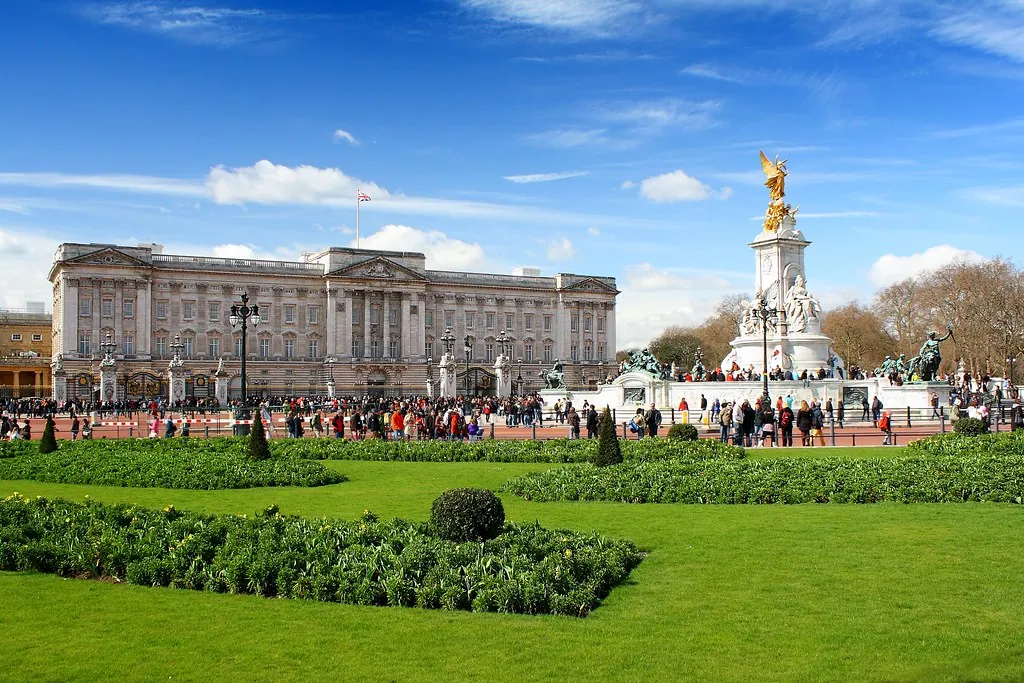
Who Built Buckingham Palace’s East Wing?
When Queen Victoria took up residence in Buckingham Palace shortly after the passing of her uncle, King William IV, it marked a significant moment in history. It was the first time the Palace had served as the principal residence of a monarch. Interestingly, the Palace had remained vacant for seven years following the death of Victoria’s predecessor, King George IV.
King George IV had spared no expense in transforming Buckingham House into a Palace under the guidance of architect John Nash. However, he never lived to see his vision realized, and his successor, King William IV, chose to reside at Clarence House in London during his brief reign.
Upon Victoria’s accession, her advisers suggested she stay at Kensington Palace, her childhood home until Buckingham Palace could be made suitable for royal occupancy. However, Victoria was eager to start her new life and promptly moved into Buckingham Palace.
To accommodate Victoria’s growing family, architect Edward Blore was tasked with designing alterations to Buckingham Palace. Between 1847 and 1849, the East Wing was constructed at the front of the Palace. This addition enclosed the previous open, horseshoe-shaped courtyard and introduced the iconic central balcony, which has since become synonymous with royal appearances and historic events.
Prince Albert’s suggestion to include the balcony on the front of Buckingham Palace marked a pivotal moment in its history. This addition, perhaps the most significant, allowed the Royal Family to engage with the public, making themselves visible and forging connections.
The construction of the East Wing, including the balcony, was made possible through the sale of George IV’s Royal Pavilion in Brighton in 1850. This seaside retreat reflected the king’s passion for Asian art and design. Upon its sale, the Pavilion’s contents, including exquisite ceramics and furniture from the Royal Collection, were transferred to the East Wing. These treasures inspired the Chinese-themed décor found in its principal rooms, adding to the Wing’s splendor and cultural richness.
Highlights of The East Wing of Buckingham Palace
Highlights of the contents in the East Wing of Buckingham Palace:
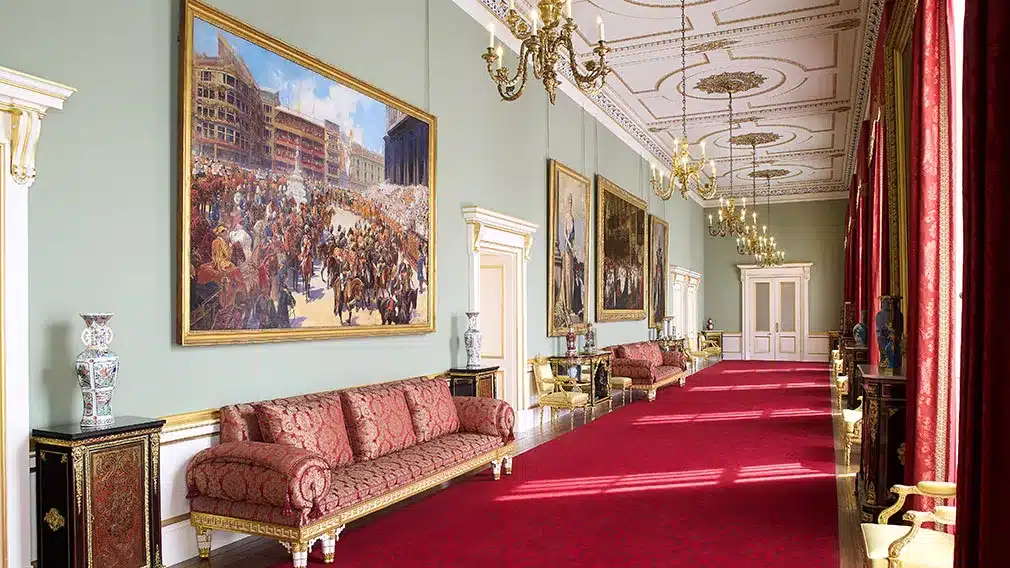
- Principal Corridor:
- Features paintings by renowned artists such as Franz Xaver Winterhalter, Sir Thomas Lawrence, and Thomas Gainsborough.
- The northern end showcases portraits of Queen Victoria and her family, along with scenes from important events in her life.
- Includes Winterhalter’s portrait of Queen Victoria with her eldest son, Albert Edward, Prince of Wales, and John Charlton’s depiction of her arrival at St Paul’s Cathedral during her Diamond Jubilee celebrations.
- Houses magnificent State portraits of King Edward VII and Queen Alexandra, portraying the queen in her Coronation robes adorned with the George IV diadem.
- Yellow Drawing Room:
- Contains two large, hexagonal, nine-tiered Chinese porcelain pagodas and the Kylin Clock, blending Asian porcelain with a French clock.
- Centre Room:
- Features a stunning glass chandelier shaped like a lotus flower.
- Leads onto the famous balcony.
- Showcases beautiful Chinese porcelain vases originally supplied to George IV in 1807.
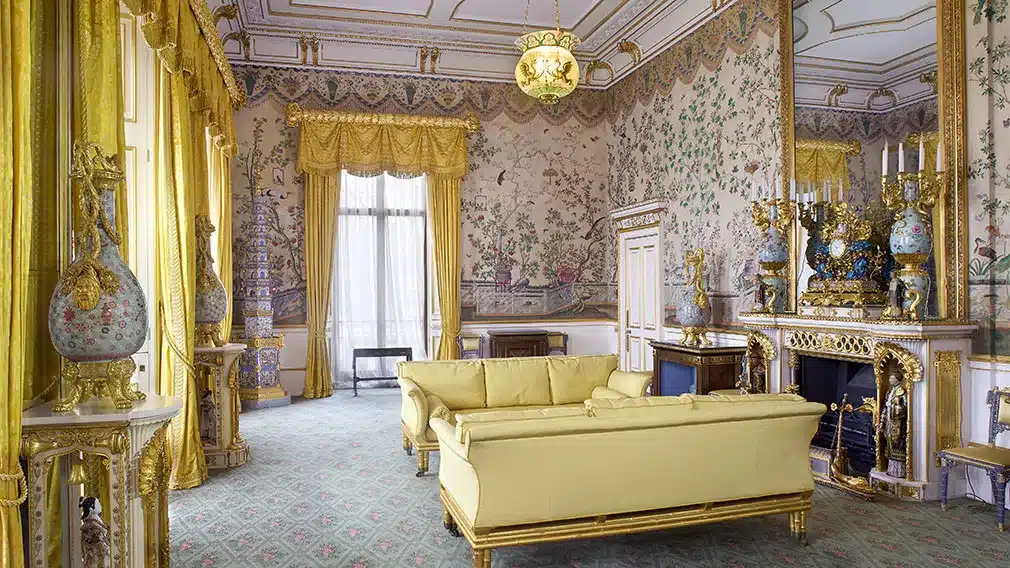
These highlights offer a glimpse into the East Wing’s extraordinary collection, ranging from majestic paintings to exquisite Chinese porcelain, enriching the royal experience at Buckingham Palace.
Experience the Majesty
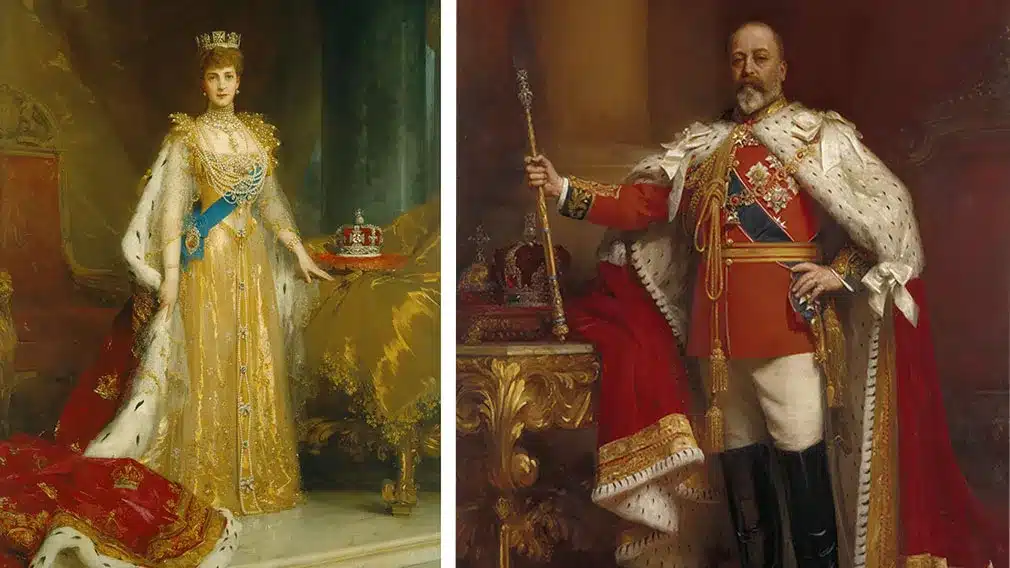
Royal Appearances and Historical Significance
The East Wing isn’t just a collection of rooms; it’s a living testament to the rich tapestry of British history. Since its inception, the East Wing has witnessed countless royal appearances on its iconic balcony, marking pivotal moments in time. From jubilant celebrations to somber commemorations, the East Wing has been a silent witness to it all, etching its place in the annals of history.
Guided Tours: Your Royal Experience
For visitors eager to immerse themselves in the world of royalty, guided tours of the East Wing offer an unparalleled experience. Led by knowledgeable guides, these tours provide fascinating insights into the palace’s rich heritage and the lives of its illustrious residents. From the intricacies of Chinese-themed decor to the stories behind each priceless artifact, every corner of the East Wing holds a treasure waiting to be uncovered.
Book Tickets to visit Buckingham Palace’s East Wing.
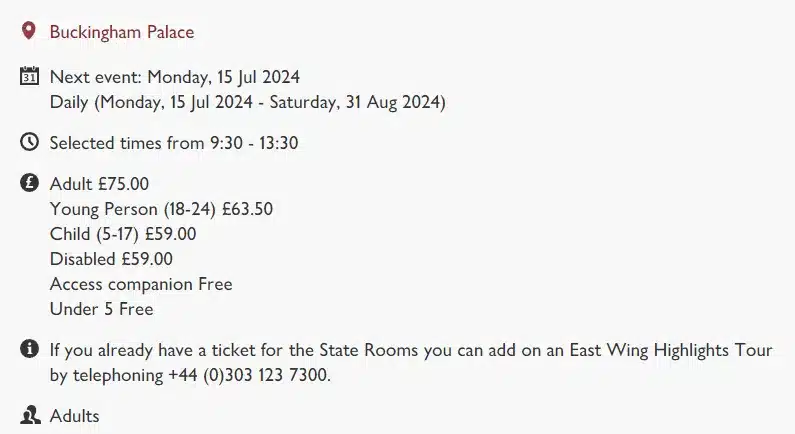
The East Wing Highlights Tours will be available for purchase starting on Tuesday, April 9th. Royal Collection Trust email subscribers will have priority access for 24 hours before the remaining tickets are released for general sale on Wednesday, April 10th (via a booking link on this page). To ensure priority access, subscribe to our email updates before Tuesday, April 9th.
Conclusion: A Royal Legacy
In conclusion, the East Wing of Buckingham Palace stands as a testament to history, artistry, and royal legacy. From its inception as the principal residence of Queen Victoria to the addition of iconic features like the central balcony, this wing has played a pivotal role in shaping the monarchy’s connection with the public.
Through meticulous renovations and the incorporation of treasures from the Royal Collection, including magnificent paintings, exquisite porcelain, and opulent furnishings, the East Wing offers visitors a glimpse into the grandeur and sophistication of royal life. Each room tells a story, from the Principal Corridor adorned with portraits of monarchs to the Yellow Drawing Room boasting intricate Chinese porcelain pagodas and the Kylin Clock.
As visitors step into the Centre Room and gaze upon the lotus-shaped chandelier, they are immersed in a world where history and luxury converge. The East Wing of Buckingham Palace not only preserves the past but also invites us to marvel at the enduring beauty and cultural richness of the royal heritage.